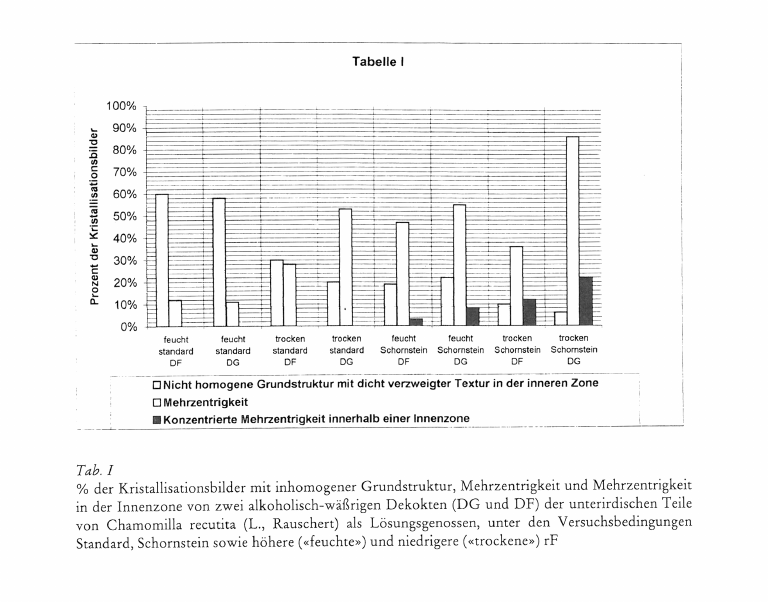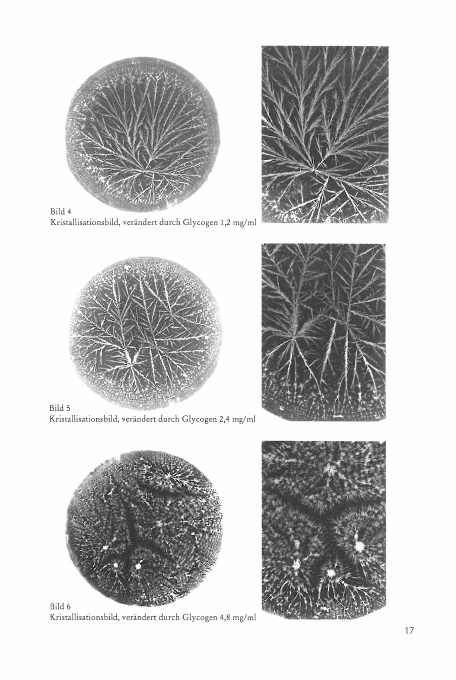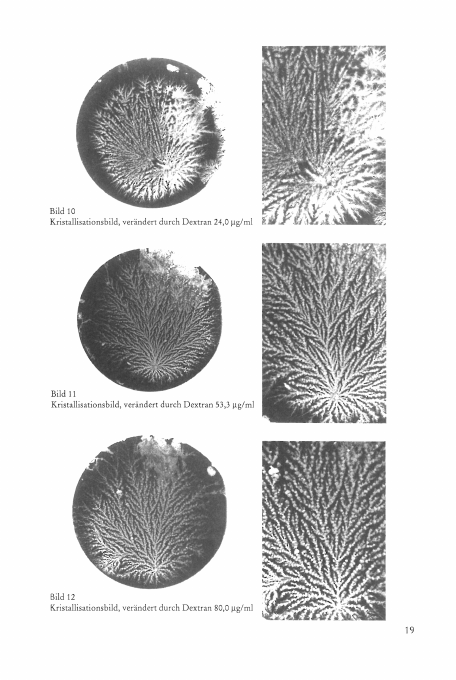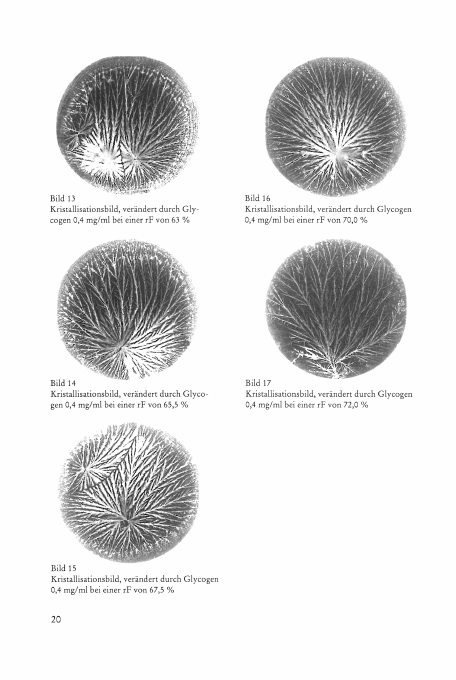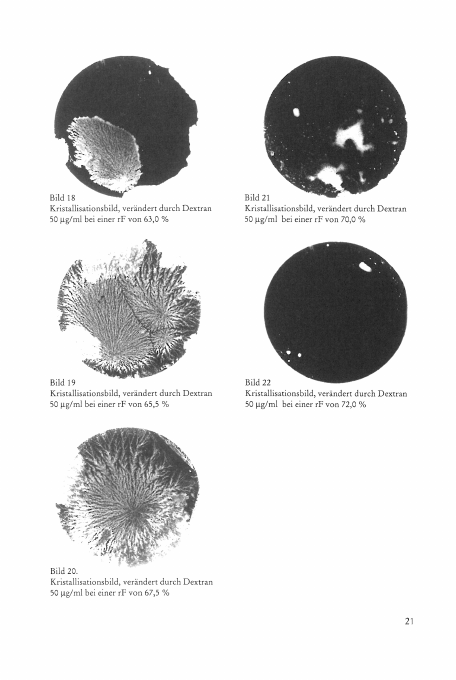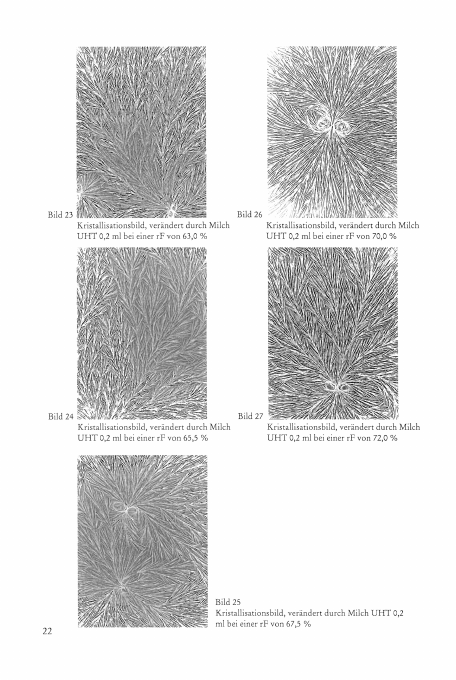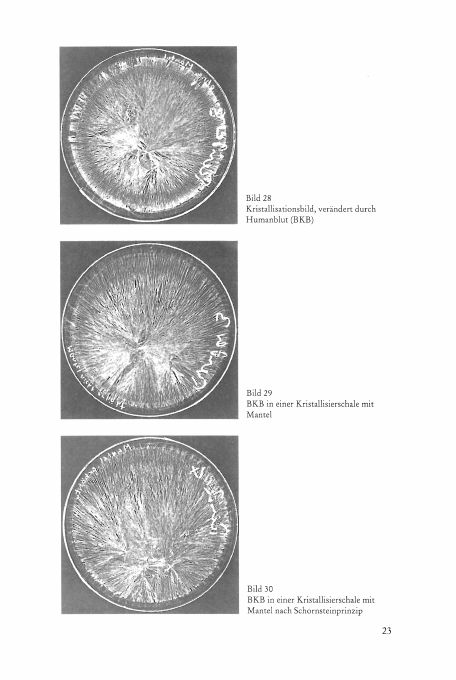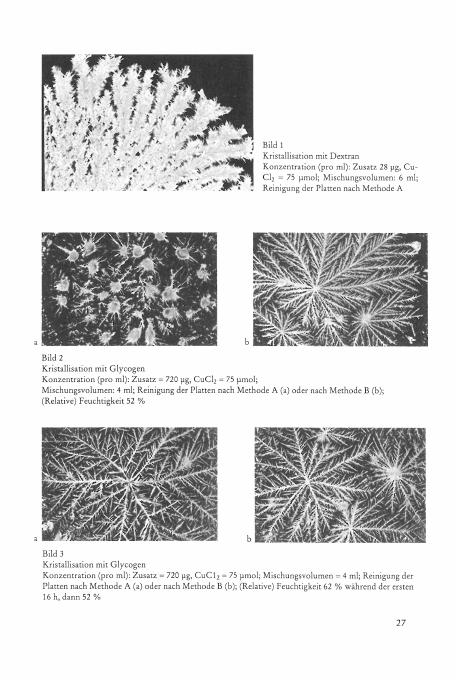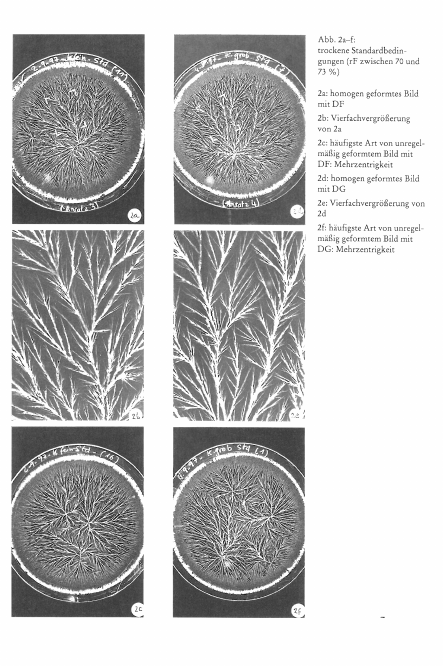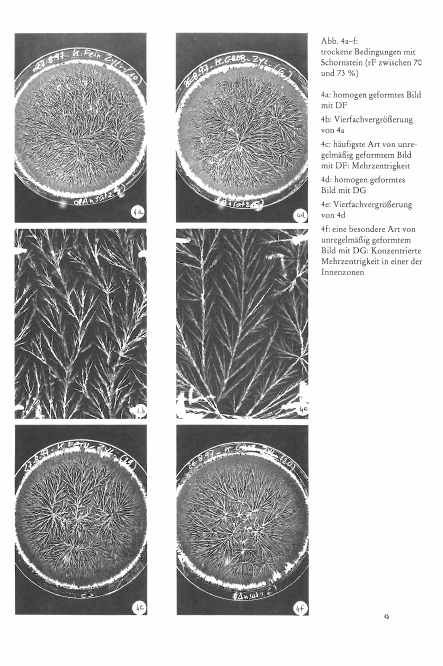Zur Empfindlichkeit der Methode der Kupferchloridkristallisation
Export Article Citation as
- Plain text
- BibTeX
- RIS format
- Download price : € 6.00
Abstract:
The Copper chloride crystallization in the presence of added substances is a sensitive process. The significance of its results in the different fields of application (research on food quality and medicine e.g.), is often questioned because of poor reproducibility. The question has thus arisen as to the significance of the experimental conditions for the pattern of crystallisation. In this article, this question is discussed for some experimental parameters at a given temperature. It determines the concentration and interfacial surface tension gradients in the solution. But the latter are limited by the sort and quantity of the added substances and the interaction of the solution With the crystallisation plates and rings. Furthermore, the influence of the cleansing procedure on this interaction is shown. This influence in its turn is dependent on the duration of evaporation and on the nature of air movement. Thus the influence of one factor can change the influence of the other. This labile situation underlies the sensitive crystallisation process. In order to permit the specific influence of the added substance to express itself optimally, the corresponding conditions have to be found. But this optimum is not absolute. It is dependent on what question is being asked and on the nature of the addition.
